International
WHO unveils new pandemic pathogen sleuth squad
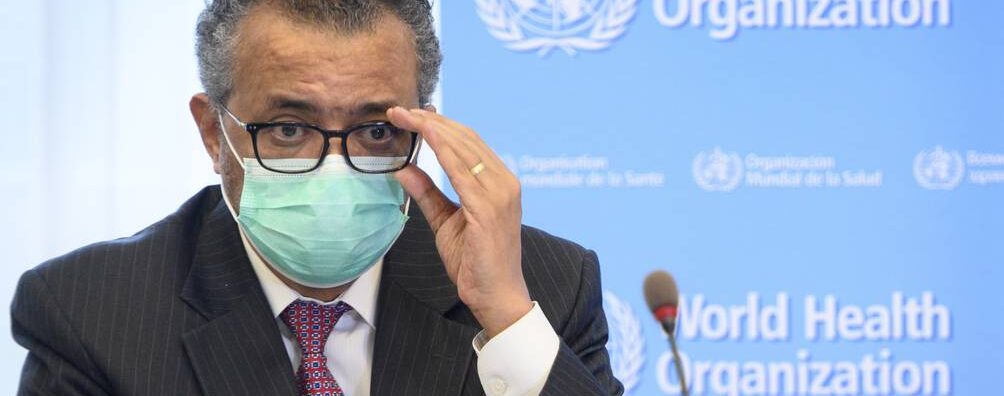
AFP
The World Health Organization unveiled Wednesday a proposed team of scientists tasked with looking at new pathogens and preventing future pandemics — plus reviving the stalled probe into Covid-19’s origins.
The group of 26 experts will be charged with producing a new global framework for studies into the origins of emerging pathogens of epidemic and pandemic potential. Their remit includes SARS-CoV-2 — the virus that causes Covid-19 disease.
Besides the Covid-19 crisis, a growing number of high-risk pathogens have appeared or reappeared in recent years, including MERS, bird flu viruses, Lassa, Marburg and Ebola.
The WHO announced earlier this year that it would set up a Scientific Advisory Group for the Origins of Novel Pathogens (SAGO).
“The emergence of new viruses with the potential to spark epidemics and pandemics is a fact of nature, and while SARS-CoV-2 is the latest such virus, it will not be the last,” said WHO chief Tedros Adhanom Ghebreyesus.
“Understanding where new pathogens come from is essential for preventing future outbreaks with epidemic and pandemic potential, and requires a broad range of expertise.
“We are very pleased with the calibre of experts selected for SAGO from around the world, and look forward to working with them to make the world safer.”
– ‘Rapid advice’ –
The 26 proposed members, chosen from a field of more than 700 applications and drawn from a range of disciplines, are subject to a two-week public consultation.
They include Christian Drosten, the head of Berlin’s Institute of Virology.
Some of the experts were on the joint WHO-China scientific mission investigating the origins of Covid-19: Marion Koopmans of the Netherlands, and Hung Nguyen from Vietnam.
According to the terms of reference, the group must give the WHO an independent evaluation of all available scientific and technical findings from global studies on the origins of Covid-19.
It must also advise the UN health agency on developing, monitoring and supporting the next series of studies into the origins of the virus, including “rapid advice” on the WHO’s operational plans to implement the next series of studies into the pandemic’s origins, and advise on additional studies.
The WHO believes it is vitally important to uncover the origins of the worst pandemic in a century.
It is known to have killed more than 4.85 million people and has battered the global economy since the virus was first detected in the Chinese city of Wuhan in December 2019.
International
Meta Says Russia Seeks to Ban WhatsApp for Defending Secure Communication

U.S. tech giant Meta, the parent company of WhatsApp, said that Russia is seeking to ban the messaging app because it “challenges government attempts to violate people’s right to secure communication.”
Russian authorities have encouraged citizens to switch to state-backed applications, and in August they already blocked WhatsApp’s calling feature.
On Friday, the communications regulator Roskomnadzor claimed that the platform was being used to “organize and carry out terrorist acts in the country, recruit perpetrators, and facilitate fraud and other crimes.”
“If the messaging service does not comply with Russian law, it will be completely blocked,” the regulator warned.
WhatsApp remains one of Russia’s most widely used messaging services, alongside Telegram.
Moscow is pressuring both platforms to grant authorities access to user data upon request for investigations into fraud and activities the government labels as “terrorist.”
Human rights advocates fear the demand could be used to target critics of the Kremlin, President Vladimir Putin, or the war in Ukraine.
International
Archbishop Wenski criticizes Trump’s deportation policies, calls for stronger push for reform
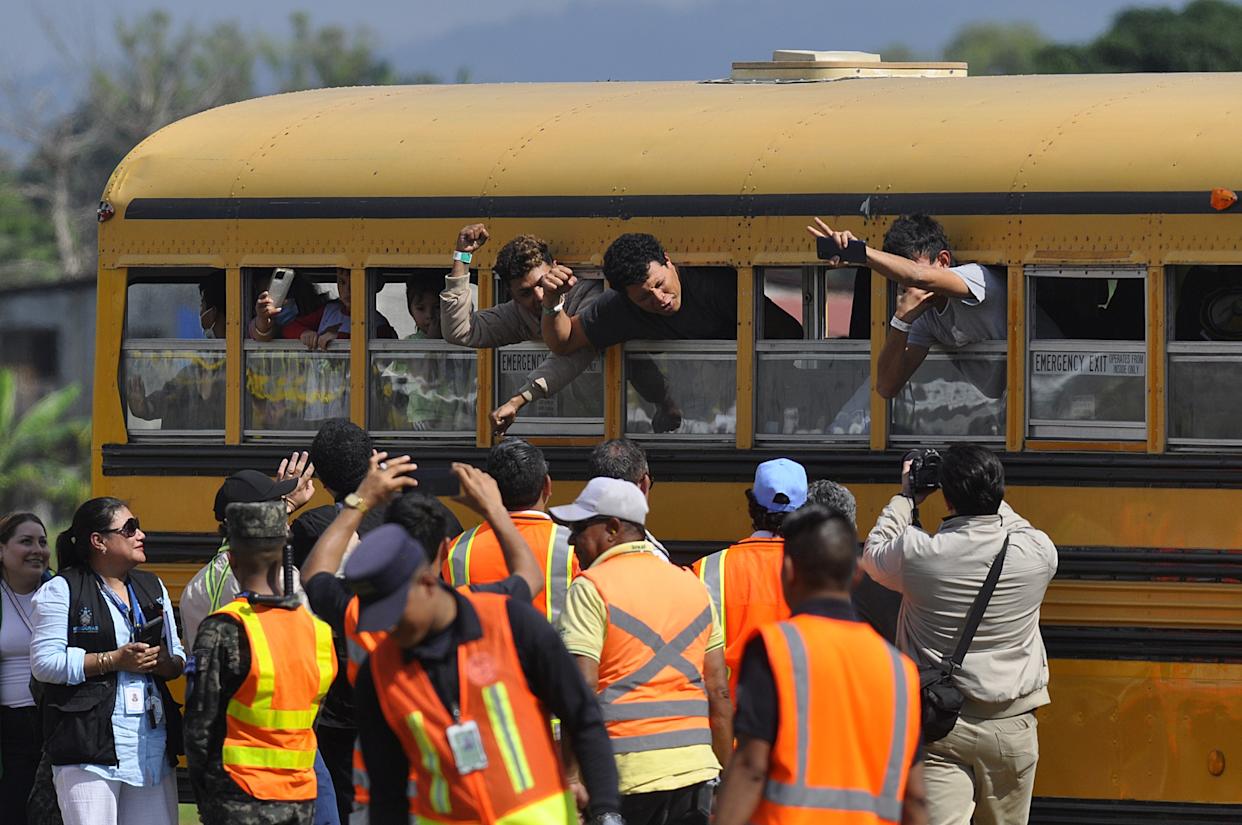
The Archbishop of Miami, Thomas Wenski, has called for increased pressure on the U.S. Congress to advance comprehensive immigration reform and criticized President Donald Trump’s mass deportation policies, arguing that they “do nothing to help.”
“We need to apply more pressure on Congress so lawmakers can make the necessary changes. It is also important for the Administration to listen to our voice. We do not want to be anyone’s enemy—we are Americans,” Wenski said in an interview with EFE.
The religious leader, who heads one of the dioceses with the largest Latino and Haitian populations in the United States, issued a call to defend the rights of migrants. He also emphasized that the U.S. Conference of Catholic Bishops (USCCB) has maintained a strong and public stance in favor of migrants for decades.
International
Trump relaunches diplomatic push to finalize U.S.-Backed peace plan for Ukraine War
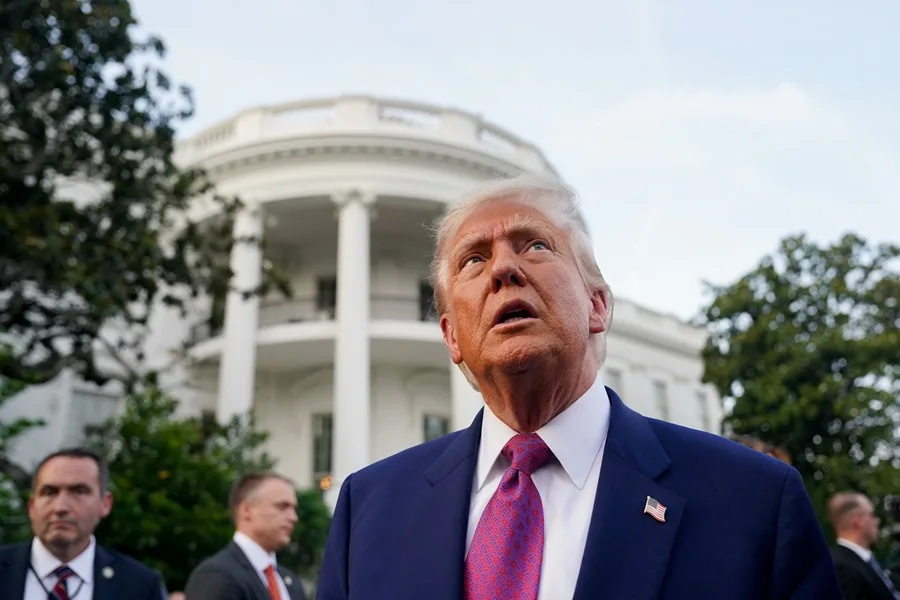
U.S. President Donald Trump announced on Tuesday that his diplomatic team will resume meetings with delegations from Russia and Ukraine in an effort to pressure both sides to accept the peace plan proposed by Washington to end the war in Ukraine.
As part of this new round of talks, U.S. Special Envoy Steve Witkoff will travel to Moscow to meet with Russian President Vladimir Putin. Meanwhile, Army Secretary Dan Driscoll will hold discussions with Ukrainian representatives to narrow differences on the remaining points of the agreement.
Trump also confirmed his intention to meet personally with Ukrainian President Volodymyr Zelensky and with Putin, though he emphasized that such meetings will only take place “when the agreement is fully finalized or in its final stage.”
The president claimed that his administration has made “tremendous progress” toward resolving the conflict and reiterated that the war “never would have started” if he had been in the White House at the onset of the crisis.
The U.S.-backed peace plan consists of 28 points and has been revised following feedback from both sides. According to Trump, only “a few points of disagreement” remain under active discussion.
One of the most controversial aspects of the proposal is the suggestion that Ukraine cede parts of the Donbas region to Russia and limit the size of its armed forces. Kyiv is working closely with Washington to soften these clauses in search of an arrangement that does not compromise its sovereignty or security.
With this diplomatic push, Trump aims to solidify his role as the main mediator in the conflict and steer the war toward a political resolution after years of devastation, humanitarian crisis, and rising global geopolitical tensions.
-

 Central America2 days ago
Central America2 days agoTrump Pardons Former Honduran President Hernández and Warns of Aid Cuts Ahead of Election
-
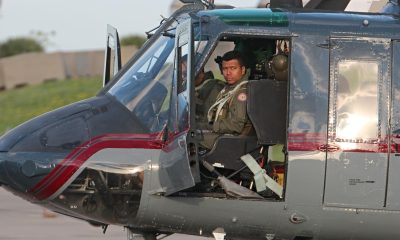
 Central America4 days ago
Central America4 days agoPanama reinforces security with new helicopters and Super Tucano Aircraft purchases
-

 Central America4 days ago
Central America4 days agoTrump urges hondurans to back conservative candidate Nasry Asfura in november elections
-
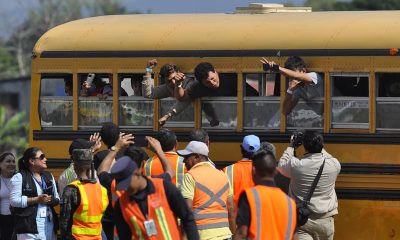
 International4 days ago
International4 days agoArchbishop Wenski criticizes Trump’s deportation policies, calls for stronger push for reform
-

 Central America24 hours ago
Central America24 hours agoHonduras’ China–Taiwan Future Hinges on Sunday’s Presidential Election
-

 Central America4 days ago
Central America4 days agoWashington calls for oversight as Honduras faces allegations of electoral interference
-

 International2 days ago
International2 days agoMeta Says Russia Seeks to Ban WhatsApp for Defending Secure Communication
-

 Central America4 hours ago
Central America4 hours agoHonduras Extends Voting by One Hour Amid High Turnout, CNE Announces






























